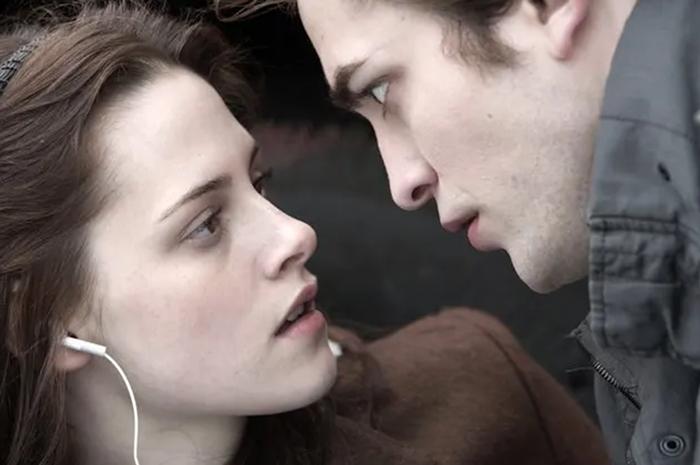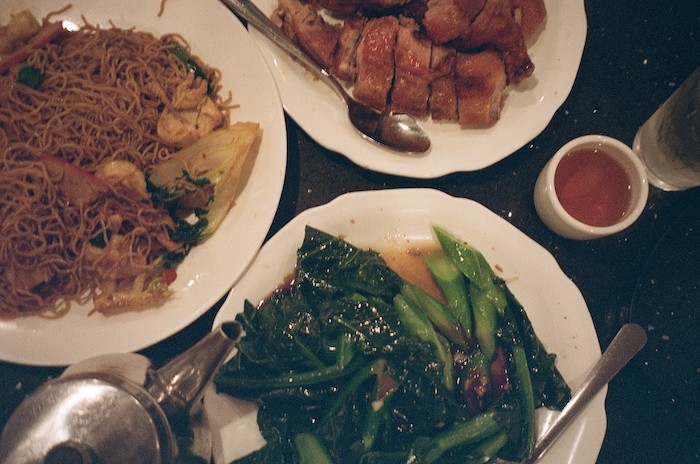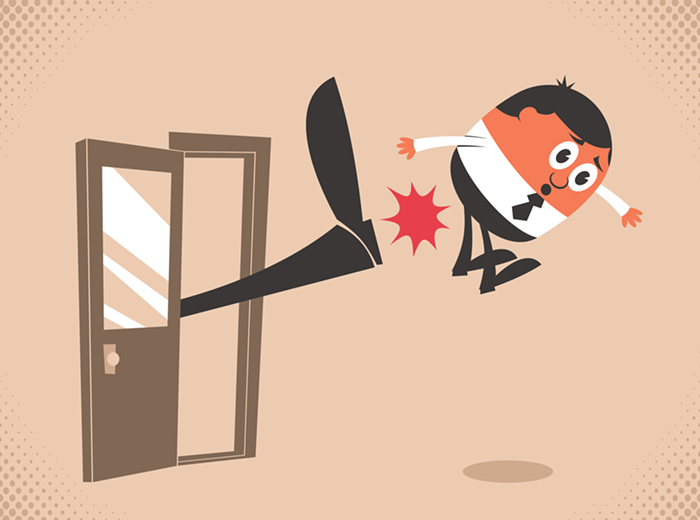YOU'VE SPENT all morning lying in wait for your prey, and now you've finally got it in your sights. Ah, there it is: a glorious specimen of nature's bounty, framed against the wondrous backdrop of its habitat, and now you're gonna own it—take it home with you forever. Without a sound, you take careful aim at the beautiful creature. It's yours. All you have to do is move your finger like so... and....
Click!
Hey, great photo! That's definitely one for the album.
Wait... you thought I was talking about killing the animal? You sick fuck.
Photographing wild animals exercises (and exorcises) all of the predator instincts we've inherited from our hunter/gatherer ancestors, only it's much, much better. Your weapons are mere binoculars and cameras—no dangerous guns for your children to bring to school, no bloody animal carcasses to stink up your ride home, no need to undertake the moral transgression of violating natural law simply so you have a fun little trophy to hang on the wood-paneled wall of your TV room.
What's more, the Portland area is one of the best urban places to observe—and photograph, if you're so inclined—wildlife in the nation. Birds in particular, but there's all kinds of cool stuff to look at. Even better, you don't have to wait for any animals to come into season or pay for a license. You can just head out any old time!
Oaks Bottom Wildlife Refuge is a terrific place to see birds. There are lots of hawks and waterfowl—including ducks and heron—plus hummingbirds, quail, woodpeckers, coots, kestrels (which are tiny falcons), and widgeons. (You'll quickly discover that some of the best things about birding are all the crazy bird names.)
The nearby Crystal Springs Rhododendron Garden is a fantastic spot for glimpsing rare ducks like the bufflehead, the ruddy duck, and the lesser scaup, along with the lovely yellow Townsend's warbler and the ruby-crowned kinglet, with a crimson cap atop its olive plumage. It costs four bucks to visit during the summer, but keep in mind that it's also a great place to see migratory birds in the fall and winter, when admission's free.
The Audubon Society of Portland's Nature Sanctuary, adjacent to the sprawling Forest Park, has an on-site Wildlife Care Center where you can observe birds of prey up close, plus a 150-acre natural area where you can look for mourning doves and Western painted turtles, plus a landlocked school of cutthroat trout in Balch Creek.
Southwest Portland's Tryon Creek State Natural Area is fine for cyclists and trillium-seekers, but it also offers chances to see a broad range of species. There are lots of birds here, of course, including great horned owls and woodpeckers, and it's also fun to look for Townsend's chipmunks, Douglas squirrels, and evidence of moles. Plus it's one of the better places to spy amphibians like frogs, newts, and salamanders—plus, trout, steelhead, and sculpin populate the creek, although it will take a keen eye to spot them. Visit the Friends of Tyron Creek (tryonfriends.org) for more info, including a checklist of all the wildlife you can see.
Sauvie Island has three worthwhile wildlife areas where you can see bald eagles, black-tailed deer, and tundra swans. (You probably also know about the fourth wildlife area, where you can see naked humans—proceed with caution.)
On the opposite bank of the Columbia River, the Ridgefield National Wildlife Refuge in Ridgefield, Washington, is another spectacular choice. In addition to birds, you can look for beavers, snakes, otters, skunk, coyotes, and brush rabbits. The Refuge also has a few "moonlight hikes" scheduled throughout the summer, evening explorations during which you can see and hear owls, bats, and other nocturnal creatures. Registration—along with more info about the Refuge—is at ridgefieldfriends.org.
Portland summer draws to a close with one of the most spectacular and best-known bird-watching events in the area. On their stop in Portland on the way south for the winter, an enormous flock of Vaux's swifts roost in the defunct smokestack of Chapman Elementary School for roughly the month of September. Their nightly swarm—as literally thousands of birds cram themselves down the narrow chimney—is absolutely breathtaking, year after year. You can't consider yourself a Portlander until you've seen it.
There are many resources out there for curious wildlife seekers; some of your best online bets are the Oregon Department of Fish and Wildlife (dfw.state.or.us) and the Audubon Society of Portland (audubonportland.org).













